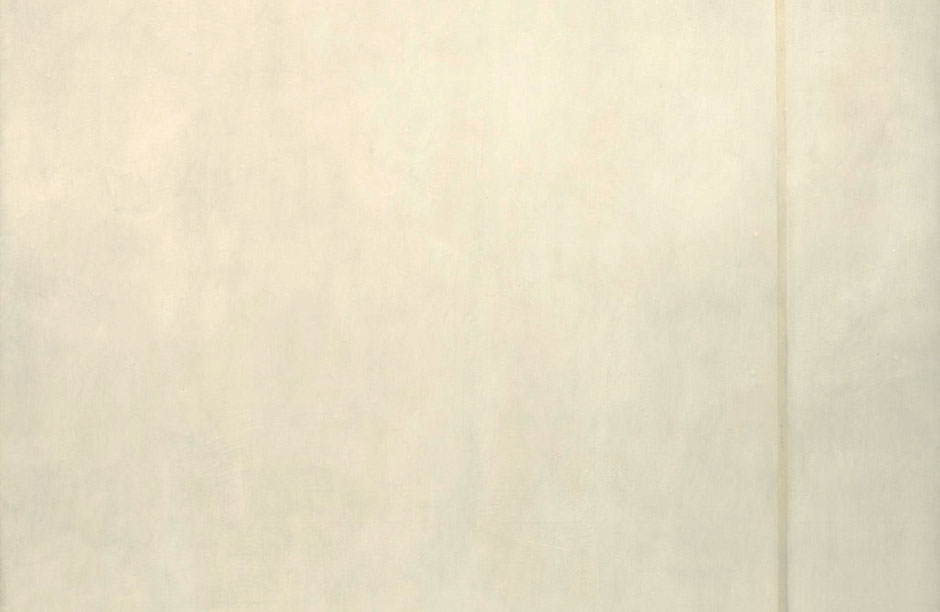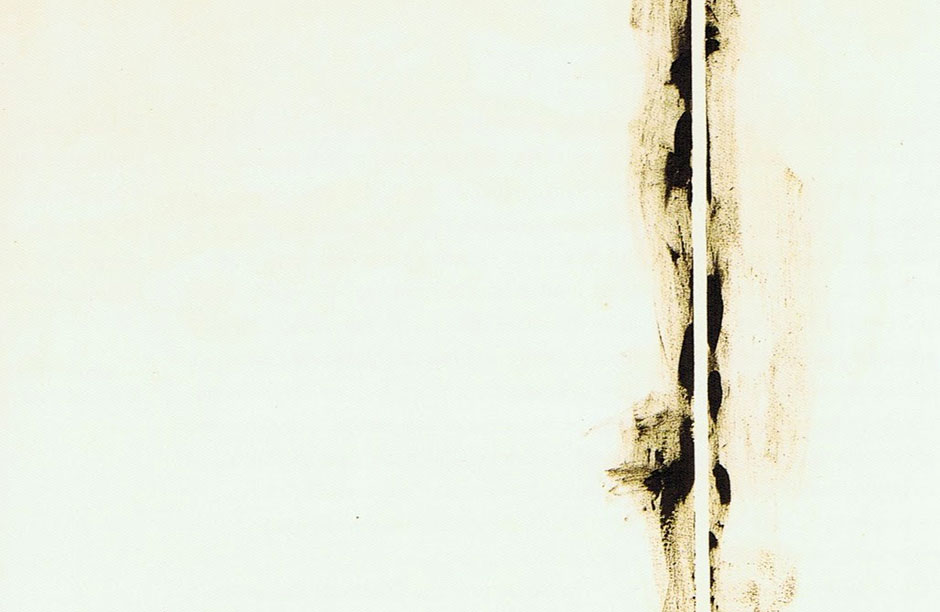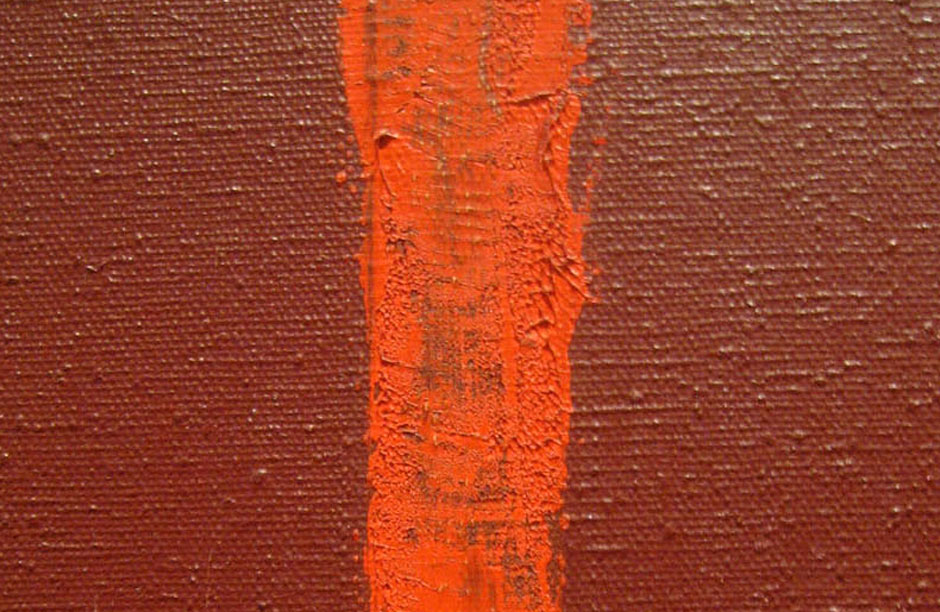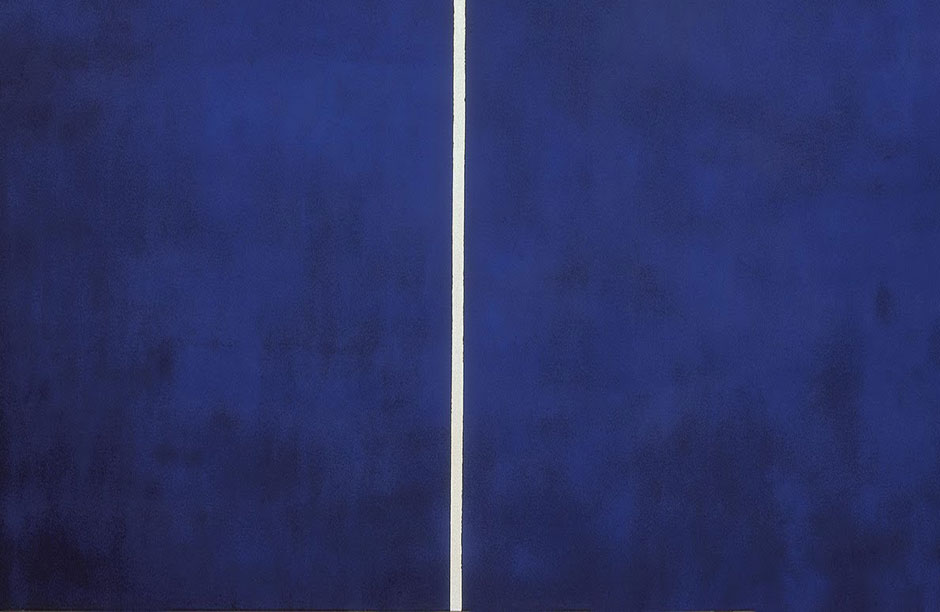PAST ISSUES

Issue No. 7 QUESTIONS
For the Questions issue we are turning our focus from the outside world and bringing it inward. Each day for 100 days we will step out into the world and meet with one person. We will ask each person we meet the same 12 questions. At the end of 100 days we hope to capture our collective voice within this interwoven web of dialog. Barnett Newman, "The Voice" (1950).
Barnett Newman, "The Voice" (1950). Barnett Newman, "First Station" (1958) detail.
Barnett Newman, "First Station" (1958) detail. Barnett Newman, "Onement I" (1948) detail.
Barnett Newman, "Onement I" (1948) detail. Barnett Newman, "Cathedra" (1951) detail.
Barnett Newman, "Cathedra" (1951) detail. Barnett Newman "Vir Heroicus Sublimis" (1950-1951) installation view Museum of Modern Art, New York.
Barnett Newman "Vir Heroicus Sublimis" (1950-1951) installation view Museum of Modern Art, New York.
Cover Artist : Barnett Newman
Our cover image is a painting by Barnett Newman an American Abstract Expressionist artist known for his large-scale minimalist paintings of what critics called “color fields”. All of Newman’s paintings have one or more lines passing through his fields of color. Newman called these lines “zips”. The “zip” is the place the viewer is invited to enter. While the field of color is the formless universal space.
Of his work Newman said: “I hope that my painting has the impact of giving someone, as it did me, the feeling of his own totality (and) of his own separateness – of his own individuality.”
The “zip” in Newman’s paintings have therefore come to represent the individual within the totality – whether it be the world, society, or the universe. The “zip” also represents the physical body, while the field of color represents the raw formless energy that gives life to all that we consider to be “living”. Just as the wick in a candle provides a place for the flame to burn – the human form can be seen like the wick where the flame of life takes shape.
By painting the “zip” over and over Newman was not only contemplating his life within the universe, but also trying to get beyond himself. In the same way one who meditates employs a mantra, Newman used the zip as a way to access the space beyond the form of his physical being and into the space of his “color field”.
The cover image is one of Newman’s most famous paintings. He titled it “Vir, Heroicus, Sublimis” the Latin words for “Man, Heroic, Sublime”. Through the title we can get a sense that Newman is celebrating humanity.
Just as Newman’s works explored the relationship of the individual to something greater – to something more expansive – our Questions seek to identify the individuality within each of us: what we value, what we’ve experienced, and what we hope for. Like Newman’s “zips” we repeat our questions – asking them over and over to each person we interview with the intention of getting beyond the questions to the space of our universal experience – to the sound of our universal voice.